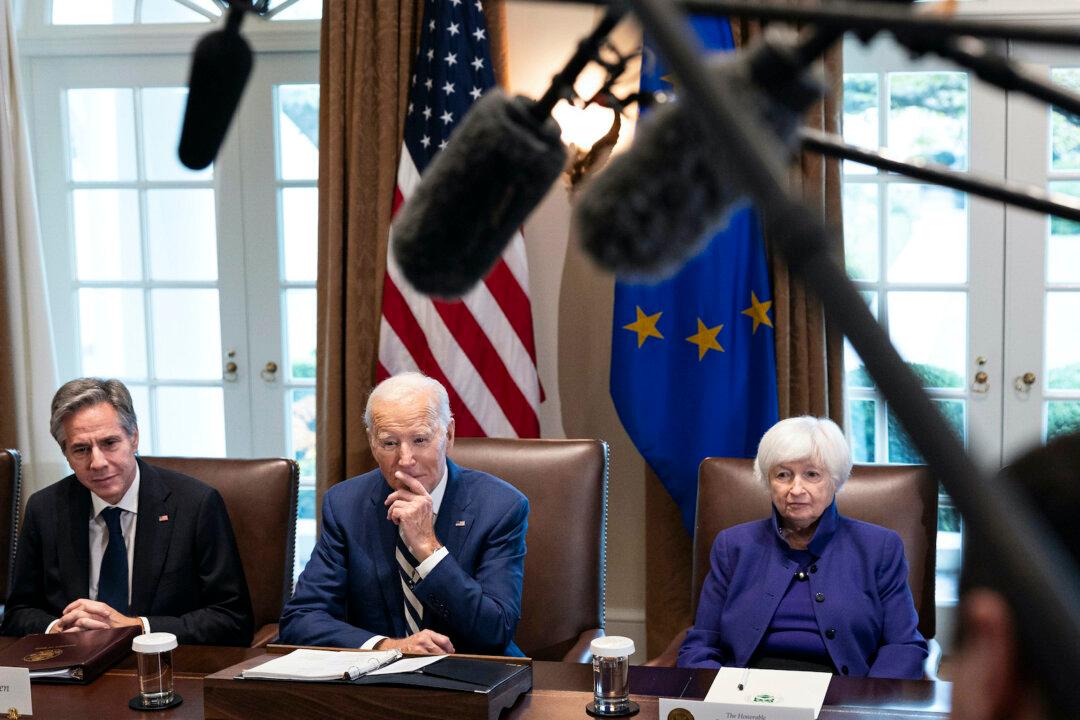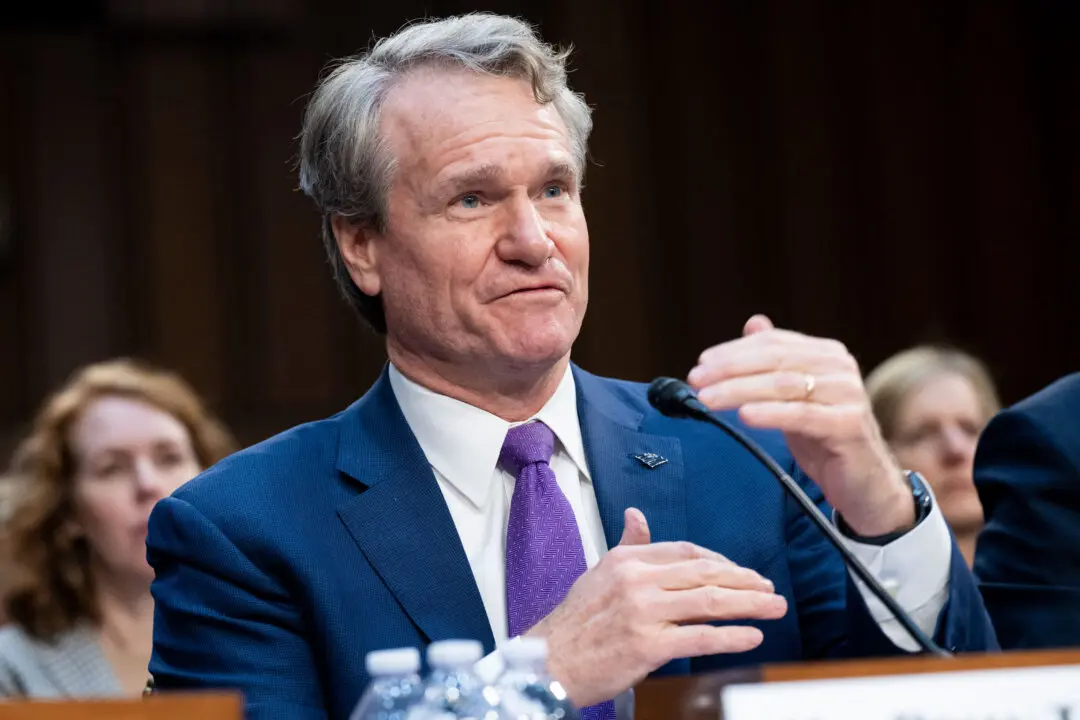After hotter-than-expected retail inflation data sent stocks plunging earlier this week, a measure of wholesale inflation has also come in higher than markets expected, fanning fears that inflationary pressures are making a comeback.
The Producer Price Index (PPI), which measures prices received by producers of goods and services, rose 0.3 percent month over month in January, according to data from the Bureau of Labor Statistics (BLS). Economists polled by Dow Jones expected a 0.1 percent rise.





